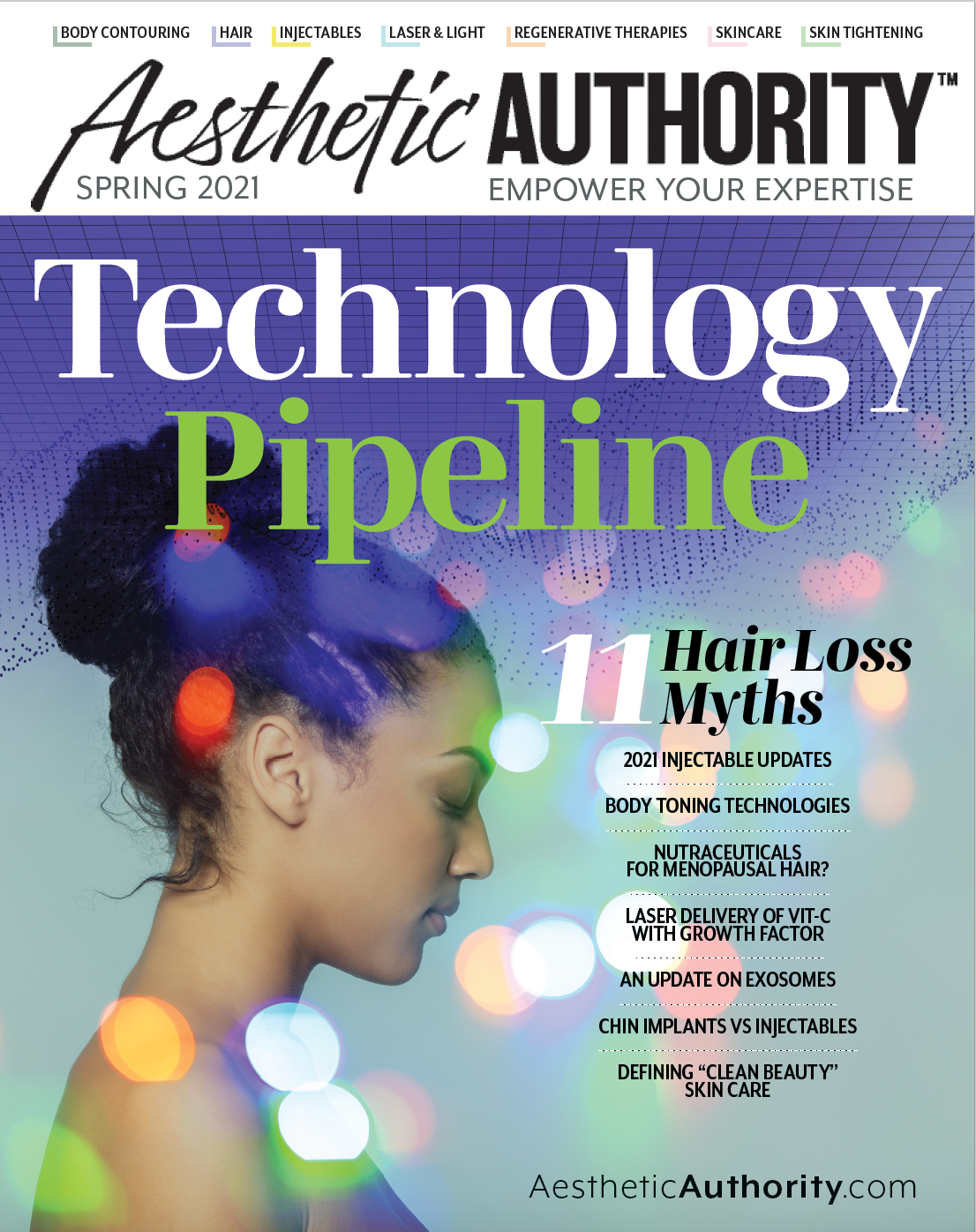- Case-Based Roundtable
- General Dermatology
- Eczema
- Chronic Hand Eczema
- Alopecia
- Aesthetics
- Vitiligo
- COVID-19
- Actinic Keratosis
- Precision Medicine and Biologics
- Rare Disease
- Wound Care
- Rosacea
- Psoriasis
- Psoriatic Arthritis
- Atopic Dermatitis
- Melasma
- NP and PA
- Skin Cancer
- Hidradenitis Suppurativa
- Drug Watch
- Pigmentary Disorders
- Acne
- Pediatric Dermatology
- Practice Management
- Prurigo Nodularis
- Buy-and-Bill
Publication
Article
Aesthetic Authority
Laser-Assisted Delivery of Vitamin C with Growth Factor
Author(s):
Laser-assisted drug delivery helps the skin absorb exogenous macromolecules and improve treatment for wrinkles; however, more research is needed to determine patient safety.
Laser-assisted drug delivery (LADD) helps the skin absorb exogenous macromolecules and improve treatment for wrinkles.
Research published by Barbara Helena Barcaro Machado, MD, of the Pharmaceutical Research Group at the School of Allied Health, Faculty of Health, Education, Medicine and Social Care at Anglia Ruskin University in Chelmsford, UK and colleagues, in Aesthetic Plastic Surgery examined the efficacy of using LADD to improve vitamin C delivery, concluding that while the use of LADD improved the delivery of vitamin C and vitamin C plus growth factor (GF), vitamin C plus GF showed the best results for wrinkle reduction.1
Machado et al say it is established knowledge that lasers can affect drug delivery and bio-distribution, and this study builds on that initial research. However, LADD is not an established therapy. Current evidence mostly relies on laboratory tests, animal experiments, and cadaver skin for published data.1
The study authors conducted a randomized, double-blind, prospective clinical trial that enrolled 149 women, aged 43 to 70 years, with periorbital wrinkles. Divided into 2 groups, the control group of 74 women received vitamin C only (R-C), while 75 women in the experimental group received vitamin C with a GF cosmeceutical (R-CGF).
Investigators examined the effects of topical drug application immediately after laser skin resurfacing of wrinkles, with the R-C group receiving vitamin C alone (Vitasantisa) and the R-CGF grouping receiving both Vitasantisa and the patented cosmeceutical TNS Recovery Complex (SkinMedica; Allergan)2 that contained added growth factor. Both groups’ treatment areas were kept under occlusion for 30 minutes, according to study authors.
Researchers used a 3D stereophotogrammetry digital camera system (LifeViz Micro; QuantifiCare)3 that provided software readouts (DermaPix; QantifiCare)4 to provide statistical analysis for effectiveness of treatments. Patients were evaluated before treatment and at a 3-month follow-up. Machado and colleagues examined pre- and post procedure results for significant changes in average wrinkle depth and in the roughness of skin.
Patients were given a single round of treatment. Investigators reported any skin crusting that lasted 5 to 8 days, and all patients were noted to have early moderate periorbital swelling that was gone by the third day. After the seventh day, post laser erythema was reported, and had disappeared by day 20, investigators said.
“There was a significant reduction in both skin roughness and average depth of the wrinkles in the group treated with vitamin C and growth factors (P < .01) than those treated with LADD followed by topical application of vitamin C alone,” Machado and colleagues reported, in the study, continuing that there were no adverse systemic or cutaneous reactions in patients.1
Despite promising results, study authors emphasize that more research is needed to examine the “theoretical risk of systemic toxicity” based on prior studies.1
They noted it was difficult to determine how the skin absorbs drugs only using molecular properties due to a variety of factors: dietary intake, endogenous production of substances, blood flow variations, and “the complex, new surface area and geometry created by the laser-induced microchannels.”1
This raises concerns about approval and “has limited further objective research and restricted the commercialization of active delivery products,” according to the authors and but continue to say that “to date, no adverse toxicity has ever actually been linked to LADD.”1
Reference
- Machado BHB, Frame J, Zhang J, Najlah M. Comparative study on the outcome of periorbital wrinkles treated with laser-assisted delivery of vitamin C or vitamin C plus growth factors: a randomized, double-blind, clinical trial. Aesthetic Plast Surg. 2020;10.1007/s00266-020-02035-z. doi:10.1007/s00266-020-02035-z
- TNS Recovery Complex. SkinMedica. Accessed February 25, 2021. https://www.skinmedica.com/products/correct/tnsrecoverycomplex
- LifeViz Micro: a portable 3D system for skin microstructure analysis. Quantificare. Accessed February 25, 2021. https://www.quantificare.com/3d-photography-systems/lifeviz-micro/
- DermaPix. Quantificare. Accessed February 25, 2021. https://www.quantificare.com/mobile-technology/






